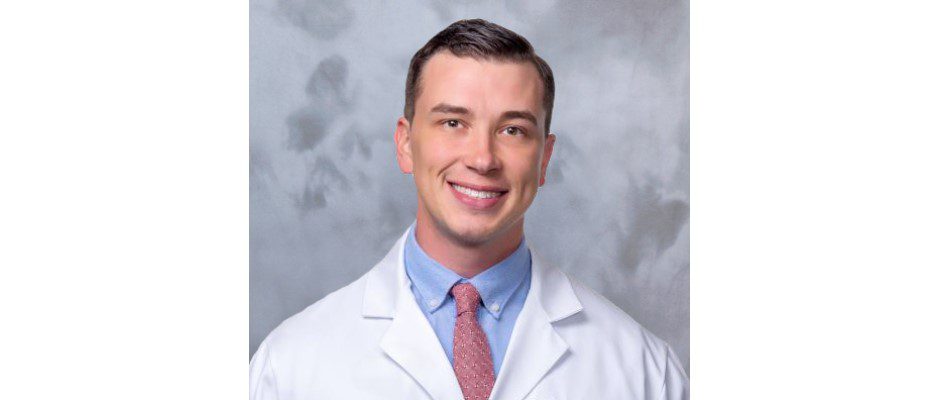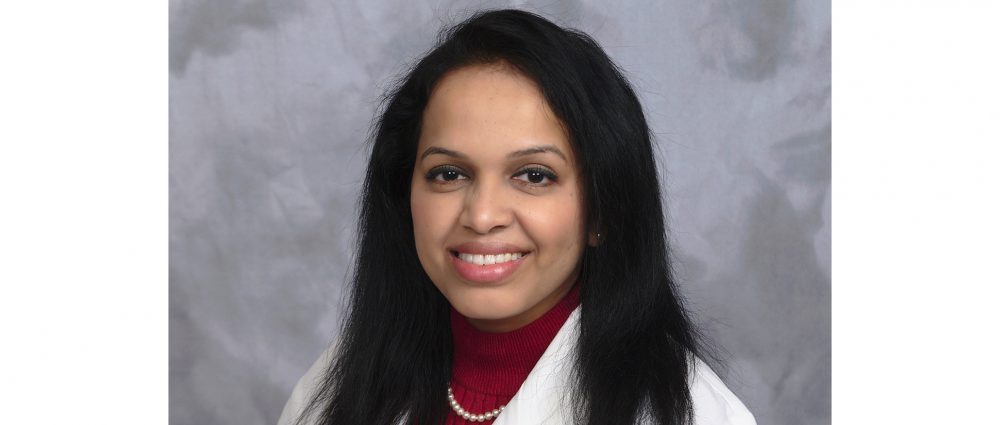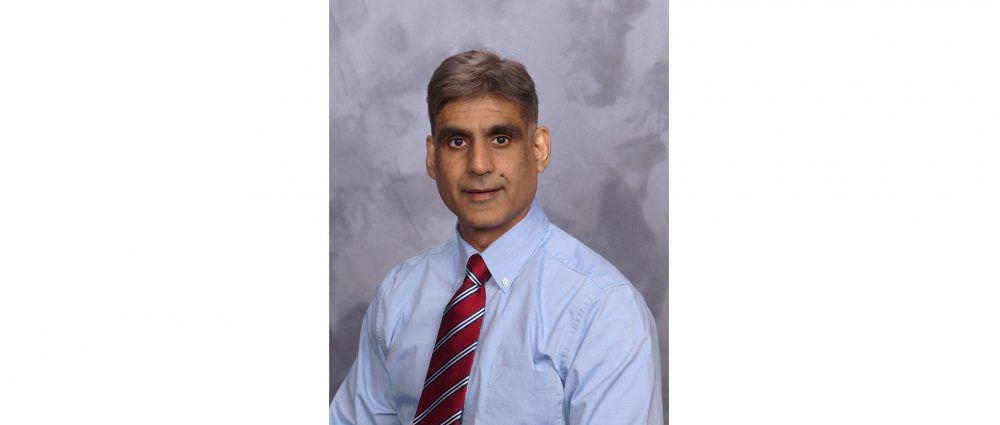
[This piece was written by Mark Osborn, M.D., Chief of Pediatrics for St. Peter’s Hospital, and a provider with St. Peter’s Children’s Health Center.]
Bumps and bruises are par for the course in childhood, from a tumble on the playground to a fall off a bicycle. But brain injury is a serious matter.
Each year, U.S. emergency departments treat more than 800,000 children for mild traumatic brain injury (mTBI), according to the Centers for Disease Control and Prevention (CDC). Although the CDC and the American Academy of Pediatrics (AAP) have long had guidelines in place to manage sports-related concussion injuries, it was just this past fall they released recommendations on diagnosing and treating mTBI.
The new guidelines were created to address the many possible causes of mTBI, especially among younger children, including playground falls, falls at the home, and car accidents, as well as sports-related incidents.
Mild traumatic brain injury occurs when a child suffers a blow to the head, or when the brain is jarred against the skull. Many people are under the misconception a child’s head injury is only serious or if they lose consciousness. Although that is a symptom requiring immediate emergency medical attention, other symptoms can be more subtle.
Any child displaying these symptoms after a head injury should receive medical attention:
- Loss of consciousness
- Headache
- Disorientation as to time, date, or place
- Confusion
- Dizziness
- Vacant stare
- Incoherent speech
- Weakness
- Lack of coordination
- Amnesia about events immediately preceding the blow
- Nausea or vomiting
- Double vision
- Ringing in the ears
The guidelines do not call for routine medical imagining to diagnose mTBI, in order to reduce the child’s exposure to radiation. Your pediatrician will determine if a CT scan is a necessary part of your child’s diagnosis.
Fortunately, the effect of an mTBI usually resolves itself within a few days. Children who have experienced an mTBI should return gradually to non-sports activities after no more than two to three days of rest.
The wait to return to sports activities will be longer, to reduce the opportunity for re-injury. “Second impact syndrome,” where a person who has an mTBI receives even a minor blow to the head before he or she is recovered, can lead to sometimes fatal brain swelling. Determining the timeframe for the student’s return to sports is a conversation best held between the child’s parents and pediatrician.
For more information on traumatic brain injury and concussion, visit the CDC’s resource page at https://www.cdc.gov/traumaticbraininjury/
St. Peter’s Children’s Health Center, 1092 Madison Avenue in Albany, offers a complete range of services for children from newborns to age 18. Services include well-child routine care, sick child exams, sports physicals, immunizations, health maintenance and education, and access to other hospital services and referrals to specialists. For information, call 518-525-2445.





